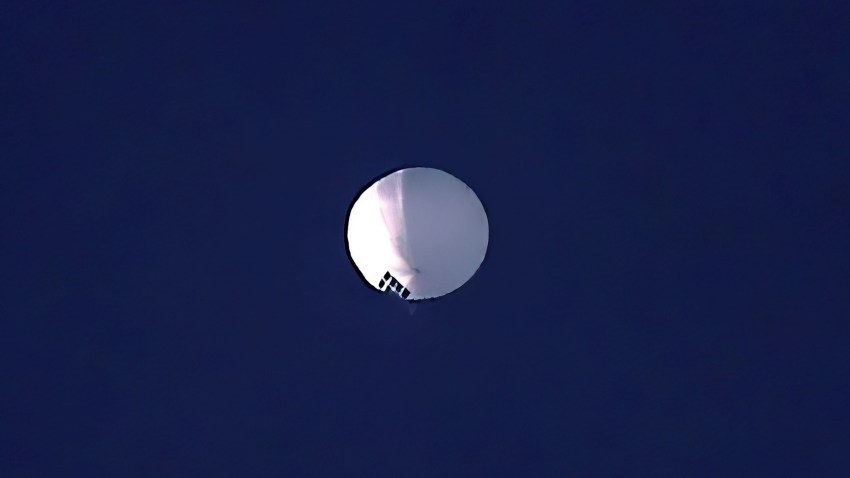Last week, China flew a spy balloon over at least three Latin American countries: Costa Rica, Colombia and Venezuela. The incident, coming on the heels of a similar high-profile intrusion into U.S. airspace just days before, was notable for what didn’t happen. No diplomatic meetings with Beijing were postponed or canceled. In none of the three countries did the political opposition demand investigations or condemn the government’s inaction. And the balloon wasn’t shot down.
In fact, Latin America’s response to the airspace incursion was almost complete and uncharacteristic silence on the issue. Costa Rica barely said a word when the reports of the balloon appeared in the local media. The Colombian air force acknowledged in a formal press release that it had tracked the balloon, but the government offered no other comments besides that. The highest-level statement in the region came from Venezuelan President Nicolas Maduro, who ignored the balloon over his own country and instead condemned the U.S. for shooting down the Chinese spy balloon that had flown over its territory.
The Chinese government says that the balloons over Latin America and the United States were tools for civilian purposes that drifted off course. That is not a credible explanation given the balloons’ flight path and the fact that they are not the only instances of such overflights that have been identified. The U.S. now claims Chinese balloons have flown over 40 different countries in recent years, including the one spotted over Latin America this month. Washington also says the balloon that it shot down off the East Coast of the U.S. contained relatively sophisticated equipment that allowed it to monitor at least some communications technologies in the areas over which it floated. The companies that produced the balloons work for the Chinese military and have been sanctioned by the U.S. for their operations.

